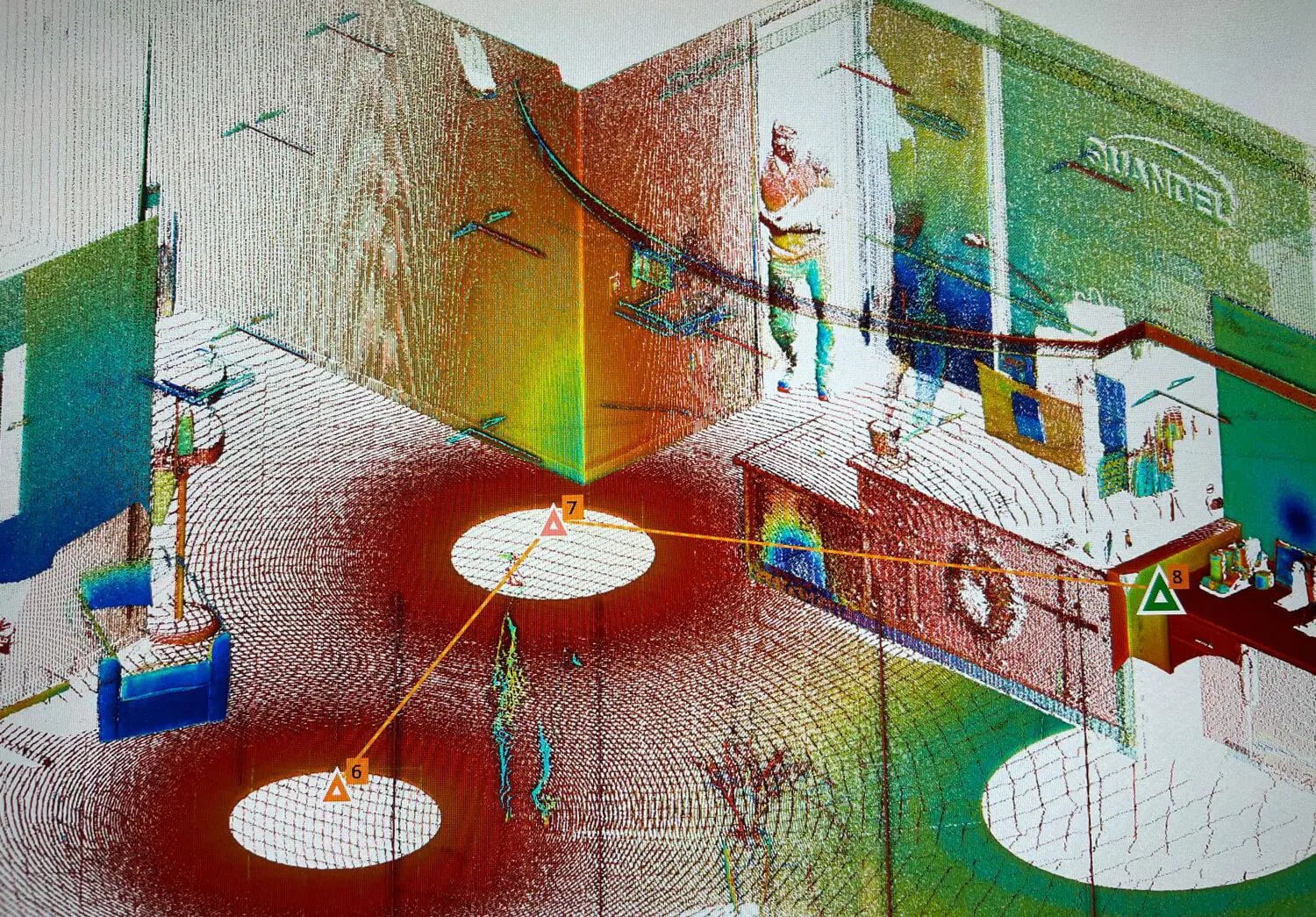Statistics
The National Highway Traffic Safety Administration estimates that fatigue is the cause of over 100,000 motor vehicle accidents, resulting in 1,500 fatalities, 71,000 injuries, and an economic cost of $12.5 billion annually.
While Americans are frequently reminded about the gravity of drinking and driving, what remains less known is the peril posed by sleepy drivers. The American Automobile Association (AAA) recently highlighted the top 10 errors made by drivers, ranking “drowsiness” as the second most significant issue, closely following “distractions.” According to the AAA report, drowsiness, nodding off, entering early stages of sleep, or experiencing brief “micro sleeps” of over one second are factors in nearly 40% of severe accidents—significantly higher than the 32% attributed to alcohol-impaired driving.
Drowsy Driving Statistics:
- Nighttime death rates per mile were 2.5 times higher compared to daytime rates.
- A survey by the National Highway Traffic Safety Administration revealed that 37% of drivers admitted to falling asleep at the wheel at some point in their driving history.
- 60% acknowledged falling asleep while driving on high-speed interstate-like roads with posted speeds of 55 MPH or more.
- 8% admitted to doing so within the last six months.
Individuals at highest risk include third-shift workers, those covering substantial daily distances, people with undiagnosed sleep disorders, and individuals prescribed sedative medications.
Risk Factors
Sleep is a natural bodily function, and disruptions to a person’s circadian rhythms—biological cycles dictating sleep and eating patterns—can lead to potentially dangerous outcomes. Sleepiness adversely affects reaction time, attention, and information processing—critical elements of safe driving. Certain attributes or circumstances significantly elevate the risk of dozing off at the wheel.
- Gender and age: Young individuals between 16 and 29 are more vulnerable to falling asleep while driving.
- Disrupted sleep patterns due to late-night shifts, and lengthy or irregular work hours.
- Untreated or undiagnosed sleep disorders such as sleep apnea and narcolepsy.
- Sedative medications.
- Alcohol consumption (even in small or moderate quantities).
- Driving patterns, including specific times of day (midnight to 6 a.m. and mid-afternoon are notably hazardous), and the daily or per-trip mileage/hours traveled.
Warning Signs
It is crucial to recognize warning signs indicating encroaching drowsiness. If a driver feels fatigued, they should stop to rest or take a break:
- Eyes closing or going out of focus.
- Head feeling heavy and starting to nod.
- Excessive yawning.
- Thoughts becoming scattered or disjointed.
- Drifting between lanes, tailgating, or missing traffic signs.
- Needing to suddenly jerk the car back into the driving lane.
Prevention
Several common strategies help in preventing drowsy driving:
- Getting sufficient, high-quality sleep before embarking on a trip.
- Avoid driving between midnight and 6 a.m.
- Having an awake companion in the front seat while driving.
- Taking regular breaks every two hours, incorporating a 15-20 minute nap if necessary.
- Consuming caffeine equivalent to two cups of coffee
- Completely avoiding even small amounts of alcohol
- Not assuming that opening a window or playing loud music will aid—these methods are unproven.
Tips for Better Sleep
It’s essential to get at least 7-8 hours of quality sleep. Some methods to achieve this include:
- Block “Blue Light” at least 2-3 hours before bedtime by avoiding screens (computers, tablets, cell phones).
- Limit caffeine intake after 2 p.m.
- Refrain from drinking alcohol before bedtime, as it can disrupt sleep later.
- Avoid smoking close to bedtime due to nicotine’s stimulant effects.
- Exercise to enhance sleep, but avoid exercise close to bedtime.
- Ensure a dark bedroom by blocking out light.
- Maintain a quiet bedroom by controlling noise.
- Set the thermostat to 65-68 degrees for optimal sleeping conditions.
Wake up and Smell the Coffee…Driving Drowsy Is Dangerous; Baymont
Inns and Suites Promotes Safer Summer Travels Through Its Drive Revived
Program. 28 June 2004, www.theautochannel.com/news/2004/06/28/201387.html.




















































